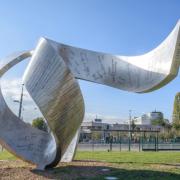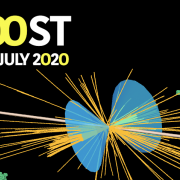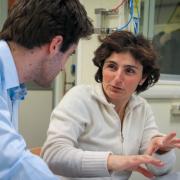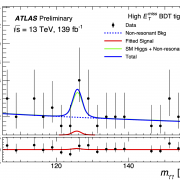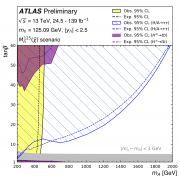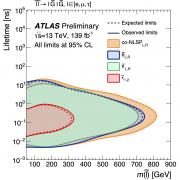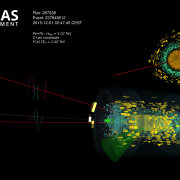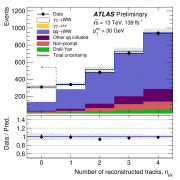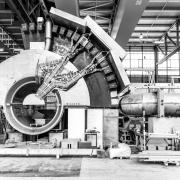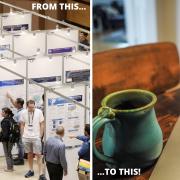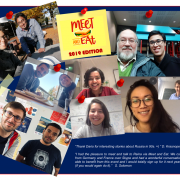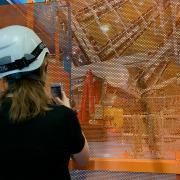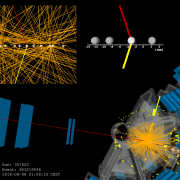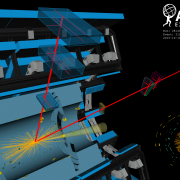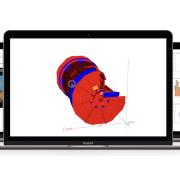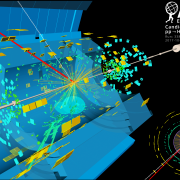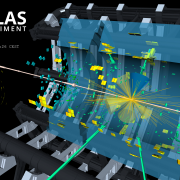Access to Collaboration Site and Physics Results
Updates tagged: “Physics Results”
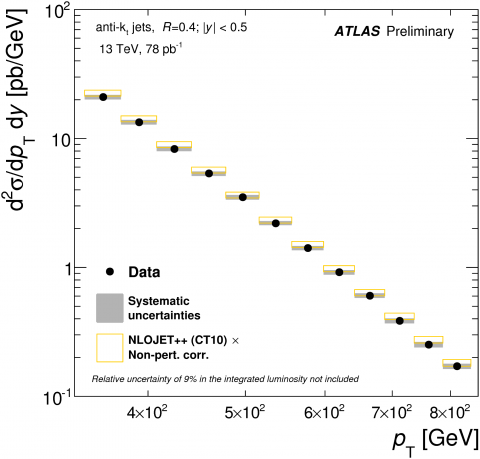
First measurements set the stage for early searches of new physics
Jets are collimated sprays of hadrons generated from quarks and gluons, produced either directly in the proton-proton collision or as a part of the decay of W bosons, Z bosons, Higgs bosons, top quarks or new particles yet to be discovered. In fact, all W, Z and Higgs bosons decay most often to quarks which form jets.
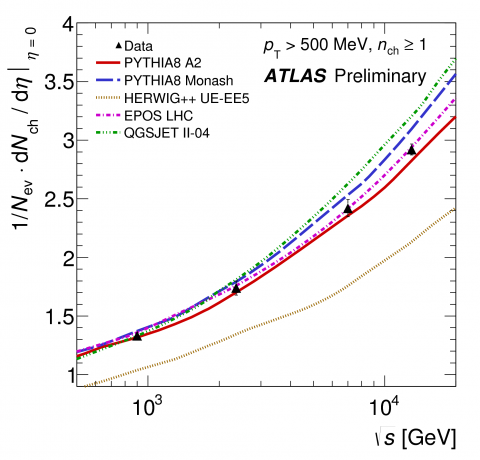
Early Run 2 results test event generator energy extrapolation
On 23 July 2015, ATLAS presented its first measurements of soft strong interaction processes using charged particles produced in proton–proton collisions at 13 TeV centre-of-mass energy delivered by the Large Hadron Collider at CERN. These measurements were performed with a dataset collected beginning of June under special low-luminosity conditions.
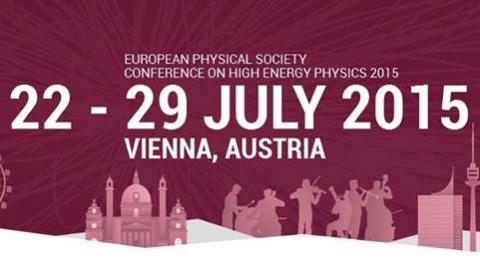
First Run 2 results to be presented at EPS
The first results using the record-breaking Run 2 data will be presented at the European Physical Society conference on High Energy Physics (EPS-HEP) in Vienna, 22-29 July. It will be an exciting opportunity to see how these first few weeks of data-taking have progressed.
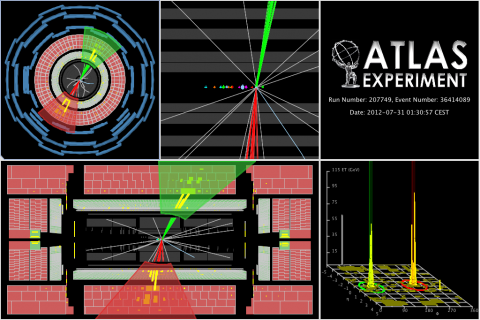
Run 1 search for new massive bosons builds excitement for Run 2
The ATLAS experiment is now taking data from 13 TeV proton-proton collisions. The increased collision energy and rate in these Run 2 collisions will allow physicists to carry out stronger tests of many theoretical conjectures, including several theories that predict more massive versions of force-carrying particles like the W and Z bosons.
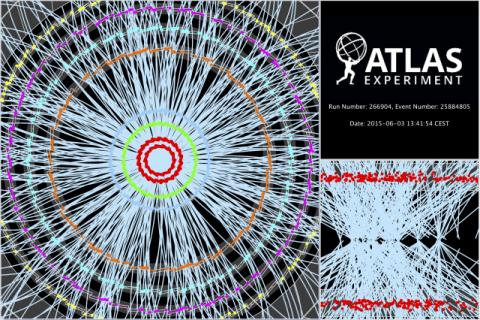
Setting off to new energy horizons
After a shutdown of more than two years, Run 2 of the Large Hadron Collider (LHC) is restarting at a centre-of-mass energy of 13 TeV for proton–proton collisions and increased luminosity. This new phase will allow the LHC experiments to explore nature and probe the physical laws governing it at scales never reached before.
.jpg%3Fitok=FXwKHJRW)
A week of firsts
The annual conference, Moriond, is in its 50th edition this year, and I’ve had the pleasure of coming down to Aosta in Italy to participate in the QCD session; for the first time. It’s actually a week of firsts for me. The conference organizers described it as being in a kind of “QCD confinement”.
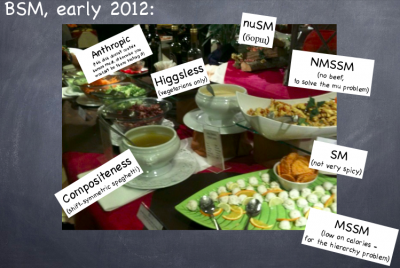
Moriond Electroweak: physics, skiing and Italian food
If you’re a young physicist working in high energy physics, you realize very soon in your career that “going for Moriond” and “going to Moriond” are two different things, and that neither of the two means that you’re actually going to Moriond. This year’s “Moriond Electroweak” was held in the Italian mountain resort of La Thuile, and had a special significance.
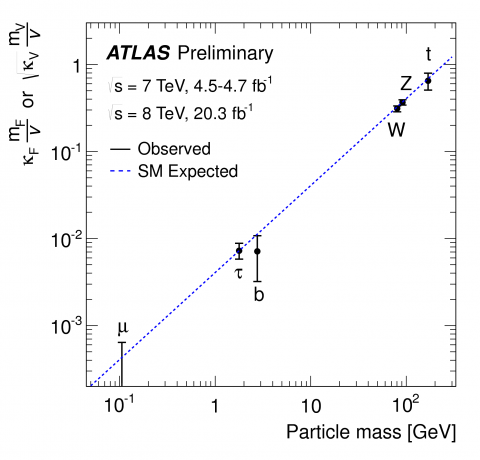
ATLAS further verifies Standard Model coupling/mass relationship of Higgs boson
The discovery of a Higgs Boson in 2012 by the ATLAS and CMS experiments marked a key milestone in the history of particle physics. It confirmed a long-standing prediction of the Standard Model, the theory that underlines our present understanding of elementary particles and their interactions.
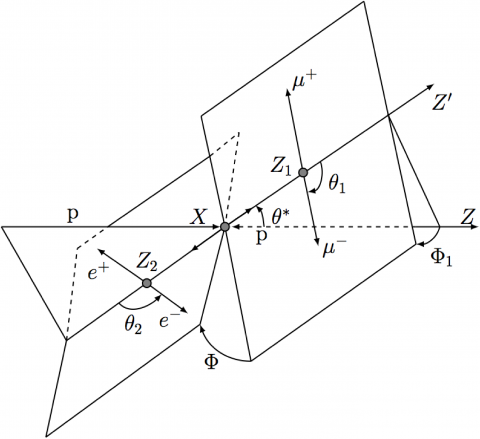
The scalar boson
The ATLAS experiment has released results confirming that the Higgs boson has spin 0 (it is a so-called “scalar”) and positive parity as predicted by the Standard Model, making it the only elementary scalar particle to be observed in nature.
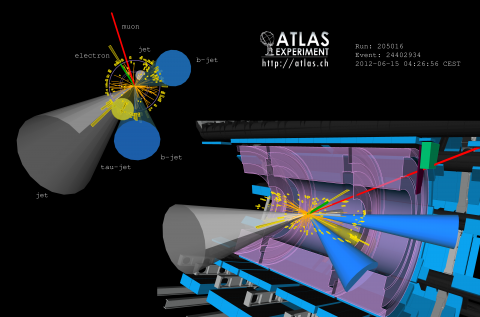
In search of rare Higgs boson production with top quarks
In proton-proton collisions, several processes can lead to the production of a Higgs boson. The most “frequent” process (which is about one collision in four billion!) is the fusion of two gluons, contained in the initial protons, into a Higgs boson through a “top-quark loop”. Least frequent is a mode where the Higgs boson is produced in association with a pair of top-quarks.


